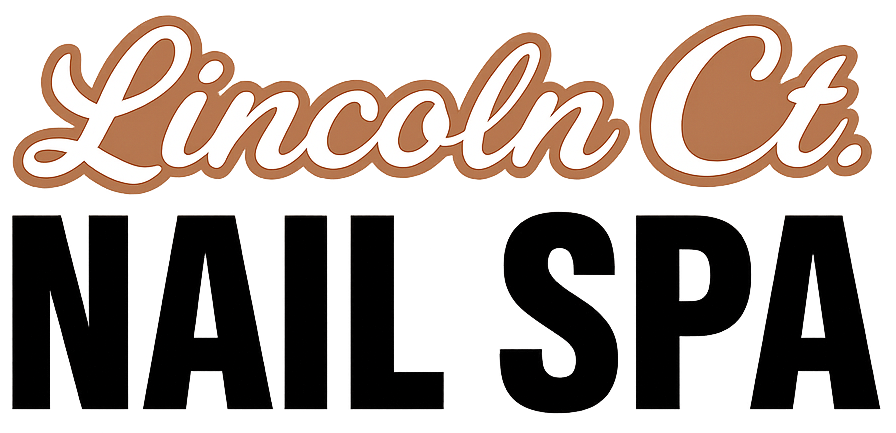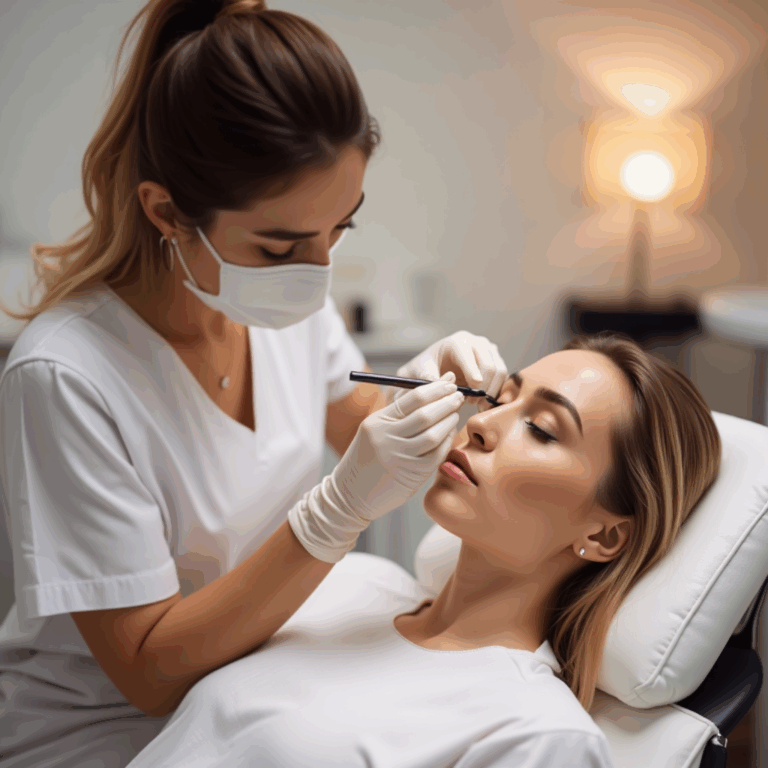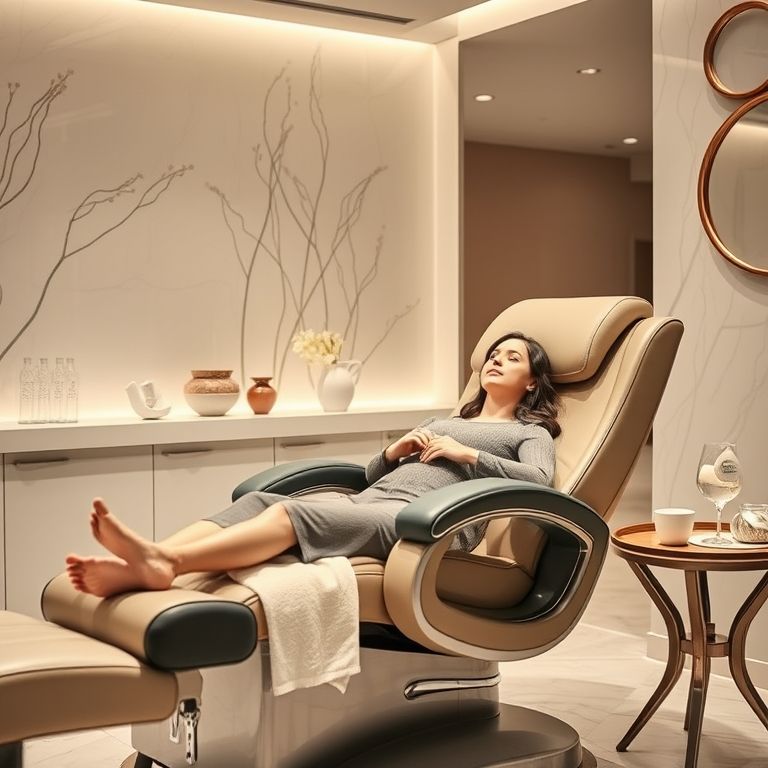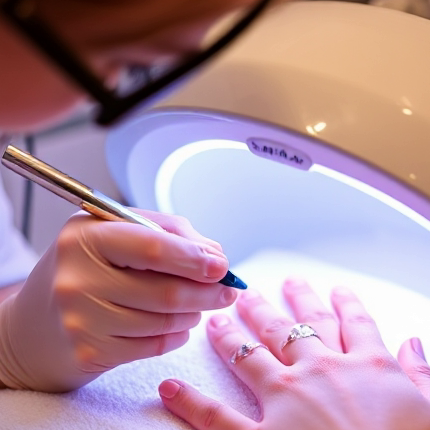The Ultimate Guide to Waxing: Smooth Skin, No Stress
Key Takeaways
1. How long does waxing last?
Waxing typically keeps skin smooth for about 3–6 weeks, depending on your individual hair growth cycle and the area treated. Regular waxing can also make regrowth finer over time.
2. Does waxing prevent ingrown hairs?
Waxing removes hair from the root, which helps reduce the blunt stubble that often leads to ingrown hairs. With proper aftercare such as gentle exfoliation and moisturizing, you can minimize ingrown hairs even further.
3. Is waxing safe for sensitive skin?
Yes, many people with sensitive skin can be safely waxed, especially when gentle wax formulas and professional techniques are used. A patch test or consultation is recommended if you’re unsure about your skin’s tolerance.
4. How should I prepare for my first waxing appointment?
Let your hair grow to about 1/4–1/2 inch in length, exfoliate gently a day or two before your session, and avoid retinoids or strong skincare acids. Communicate any allergies, medications, or recent treatments with your technician.
5. Can waxing cause stretch marks or sagging?
No. Waxing does not cause stretch marks or sagging skin. Those concerns are generally linked to skin elasticity, aging, or significant weight changes, not the process of hair removal.
At Lincoln CT Nail Spa, waxing is one of our most popular services, sought after by clients looking for long-lasting smoothness, minimal irritation, and a boost of confidence between visits. Whether you’re experiencing full-leg waxing for the first time, maintaining your intimate waxing routine, or just in need of a quick eyebrow shape, waxing provides a clean, polished result that shaving simply can’t match. Our experienced estheticians tailor each session to your needs, ensuring maximum comfort and effectiveness.
In this guide, we’ll dive deep into the many benefits of waxing, including smoother skin and longer-lasting results. We’ll also explore essential aftercare tips to help you maintain your glow, compare waxing with other hair removal methods, and share expert advice on how to make waxing work best for your skin type and lifestyle. Ready to step up your hair removal game? Let’s get started!

Why choose waxing over shaving?
Waxing removes hair from the root, which provides several clear advantages over shaving. Immediately after waxing you’ll notice smoother skin because hair is removed entirely rather than trimmed; that means the blunt stubble that follows shaving — and often causes the appearance of “regrowth” within a day — is eliminated for weeks. Typical waxing results last 3–6 weeks depending on hair cycle and body area, which reduces the time you spend on maintenance and gives longer stretches of irritation-free skin.
Longer intervals between sessions
Since hair is removed at the root, regrowth takes longer. Many clients at Lincoln CT Nail Spa report not needing another treatment for about a month. Over time hair may become finer and sparser with regular waxing — a desirable long-term shift for many people.
Softer regrowth and fewer ingrown hairs (with proper care)
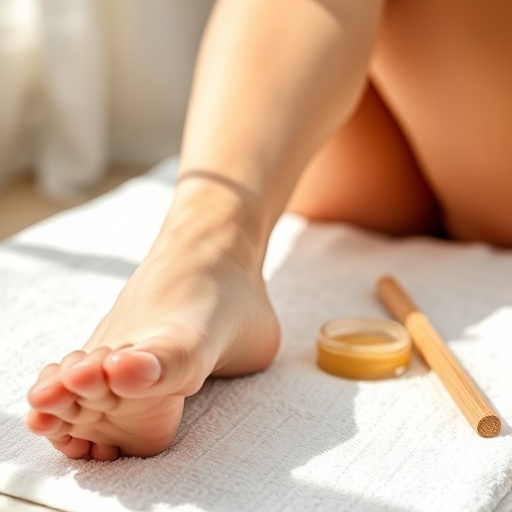
While ingrown hairs are sometimes blamed on waxing, proper technique and post-wax care (gentle exfoliation, hydration, and avoiding tight clothing immediately after waxing) minimize that risk. Compare this to shaving where stubble is blunt and more likely to curl back into the skin as it grows.
Common waxing services at Lincoln CT Nail Spa
- Bikini & Brazilian waxing — professional care and privacy-conscious service.
- Leg waxing (half & full) — smooth coverage for weeks.
- Underarm waxing — quick, effective, and long-lasting.
- Facial waxing (eyebrow shaping, upper lip, chin) — precise results that define your features.
See our full services and current pricing: Lincoln CT Nail Spa: Services.
Safety & skin health: what the experts say
Waxing is generally safe when performed by trained technicians using clean tools and appropriate products. If you have a history of sensitive skin, eczema, or recent skin treatments (chemical peels, laser, retinoids), tell your esthetician at booking. For general guidance about hair removal and skin safety see reliable sources like the American Academy of Dermatology and health overviews at the Mayo Clinic or NHS. These resources explain risks and precautions for hair-removal methods.
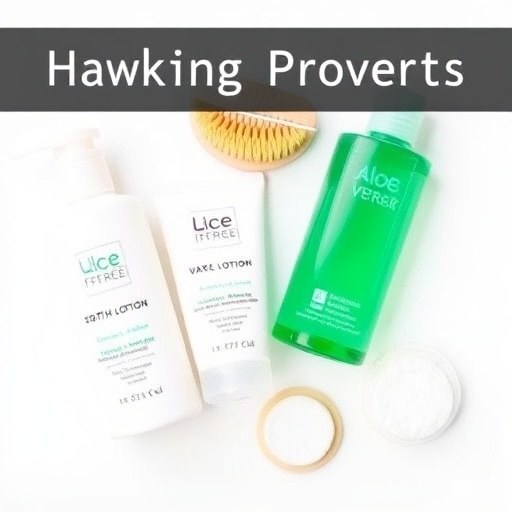
Preparing for your waxing appointment
- Let hair grow to about 1/4″–1/2″ (roughly 7–12 mm) so the wax can grab the hair properly.
- Exfoliate gently 24–48 hours prior to remove dead skin and help the wax adhere to hairs instead of skin oils.
- Avoid retinoids or harsh acids for a few days before waxing — these increase skin fragility.
- Communicate sensitivities with your technician (allergies, medications, recent procedures).
Aftercare: keep skin happy and glowing
After waxing, your skin will appreciate calm, hydrating care. Avoid hot baths, sun exposure, and heavy workouts for 24 hours to reduce irritation. Use a gentle, fragrance-free moisturizer and, after 48 hours, gentle exfoliation 2–3 times weekly to help prevent ingrown hairs. If a breakout or redness persists beyond a couple of days, contact your esthetician or a dermatologist.
Common myths vs. the facts
Myth: Waxing makes hair grow back thicker. Fact: Regular waxing can make hair appear finer and sparser over time because repeated removal weakens the hair follicle.
Myth: Waxing is unbearably painful. Fact: Pain varies by individual and body area; skilled waxing technicians reduce discomfort through fast technique, appropriate wax choice, and client positioning. Many clients say the first session is the most noticeable, and later visits are easier.
Cost effectiveness and convenience
Comparing costs, waxing can be more cost-effective than daily or even weekly shaving over time. Fewer appointments and longer smooth periods free up time and simplify your routine. Bookings and package deals are available — check our promotions page for current offers.
Who should avoid waxing?

Not everyone is a candidate for waxing. If you’re on blood-thinning medications, have skin infections, open wounds, or very recent chemical peels or laser treatments, waxing may not be safe. Always disclose medications and recent treatments when you book. When in doubt, consult a medical professional or our spa team via our contact page.
Frequently asked questions
How long does waxing last?
Does waxing prevent ingrown hairs?
Is waxing safe for sensitive skin?
How do I prepare for my first wax?
Can waxing cause stretch marks or sagging?
Book with confidence
We pride ourselves on cleanliness, professional training, and client comfort. If you want to learn more about waxing services or custom packages, visit our About page or book a consultation on our Contact page. For general medical hair-removal guidance see the American Academy of Dermatology: AAD hair removal guide.
Quiz: Smooth and Silky: The Benefits of Waxing Over Shaving
Answer 5 quick multiple-choice questions to see which waxing benefit best matches your lifestyle: Strength, Cardio, or Flexibility.
